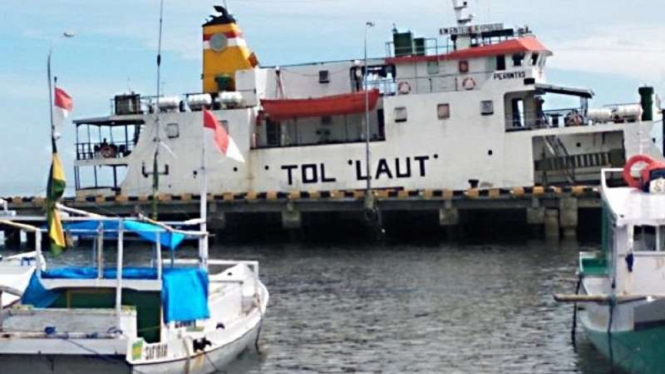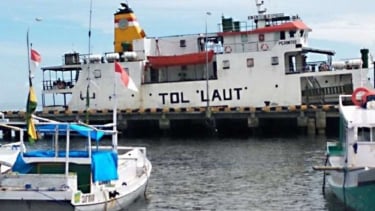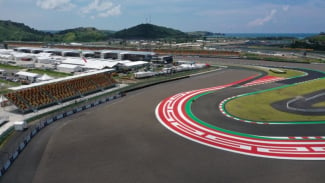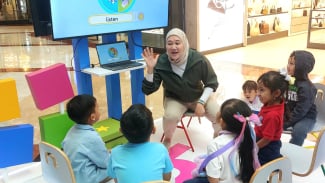The Impact of Indonesia's Sea Toll Program on Remote Regions
- ANTARA/Amirullah.
Jakarta, VIVA – Launched by President Joko Widodo at the start of his administration, Indonesia’s “Sea Toll" program has played a crucial role in connecting remote, outermost, underdeveloped, and border regions (known as 3TP areas) to the country’s main economic centers, particularly in the western part of Indonesia.
This initiative aims to address price disparities across regions, especially in the eastern part of the country, where prices of essential goods have historically been significantly higher than in the west.
Transportation Minister Budi Karya Sumadi emphasized the toll’s impact on reducing these disparities, stating,
“With the sea toll, the prices of essential goods can drop by up to 30%, especially in 3TP regions. This significantly helps in lowering inflation and improving the welfare of the people.” His remarks were made during a discussion at the Forum Merdeka Barat 9 (FMB9) on Monday, September 23.
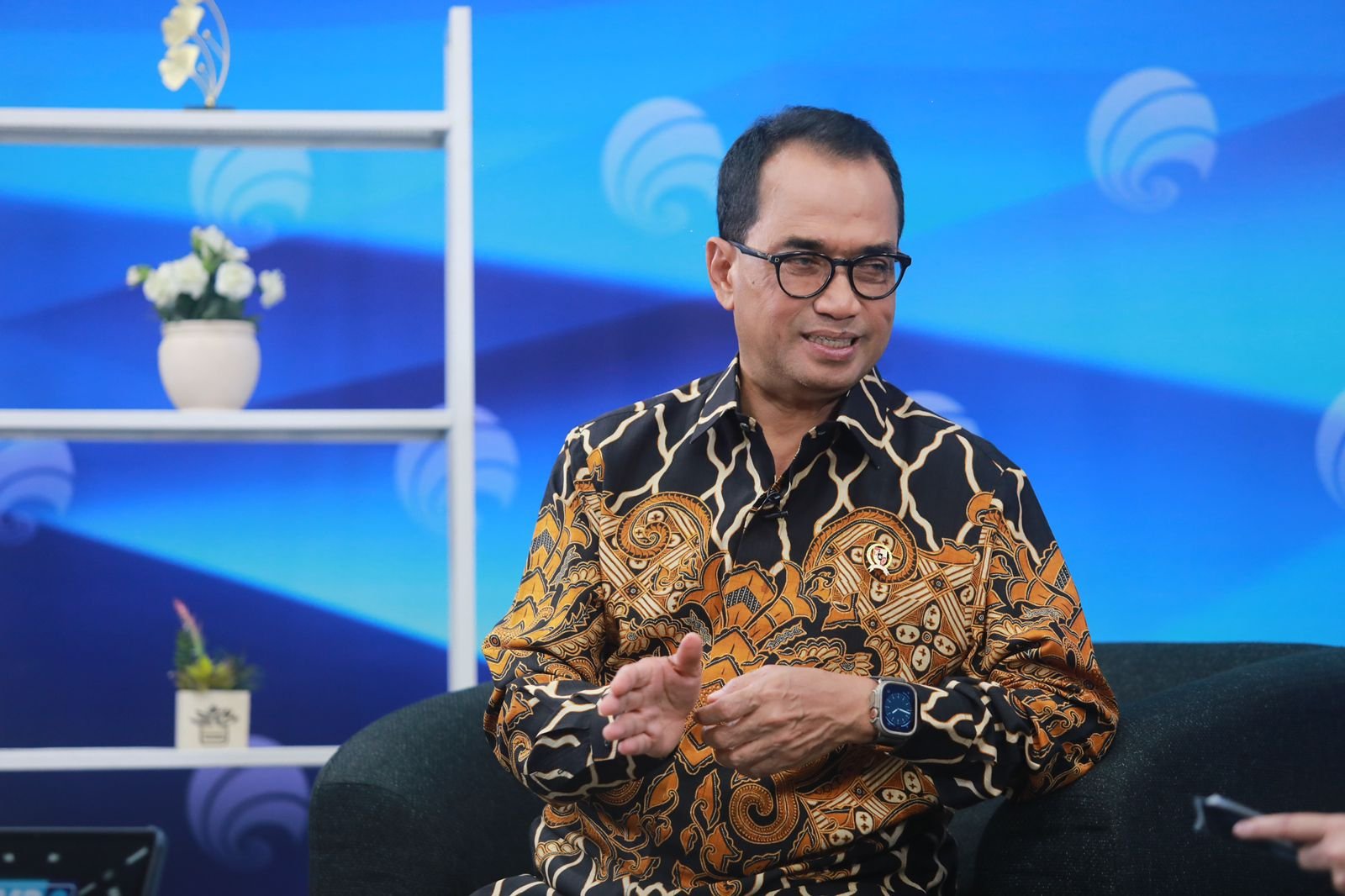
The Sea Toll now connects 115 ports across Indonesia with 39 active routes, allowing for faster distribution to previously hard-to-reach areas.
This increased connectivity has brought much-needed goods at more stable and affordable prices, especially to isolated regions like Papua and Maluku.
Furthermore, the program has supported the growth of small and medium enterprises (SMEs) by making it easier to distribute products like fish from Maluku, seaweed from Nusa Tenggara, and rice from Merauke.
The Sea Toll has also opened new economic opportunities in some of the poorest regions, such as East Nusa Tenggara (NTT) and Papua.
However, challenges remain, particularly the issue of "empty return cargo," which increases logistics costs. According to Moga Simatupang, Director General of Domestic Trade,
“We need to work with local governments and businesses to optimize local products as return cargo, which would reduce overall costs.”
